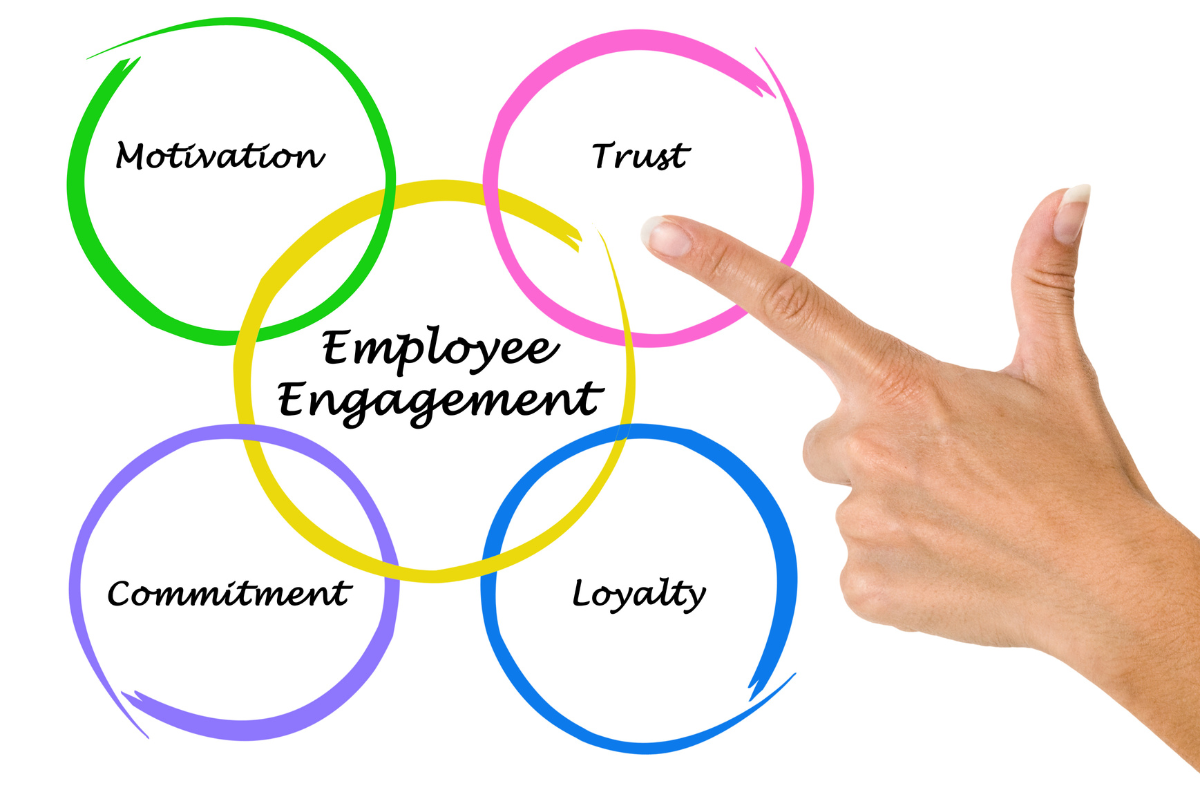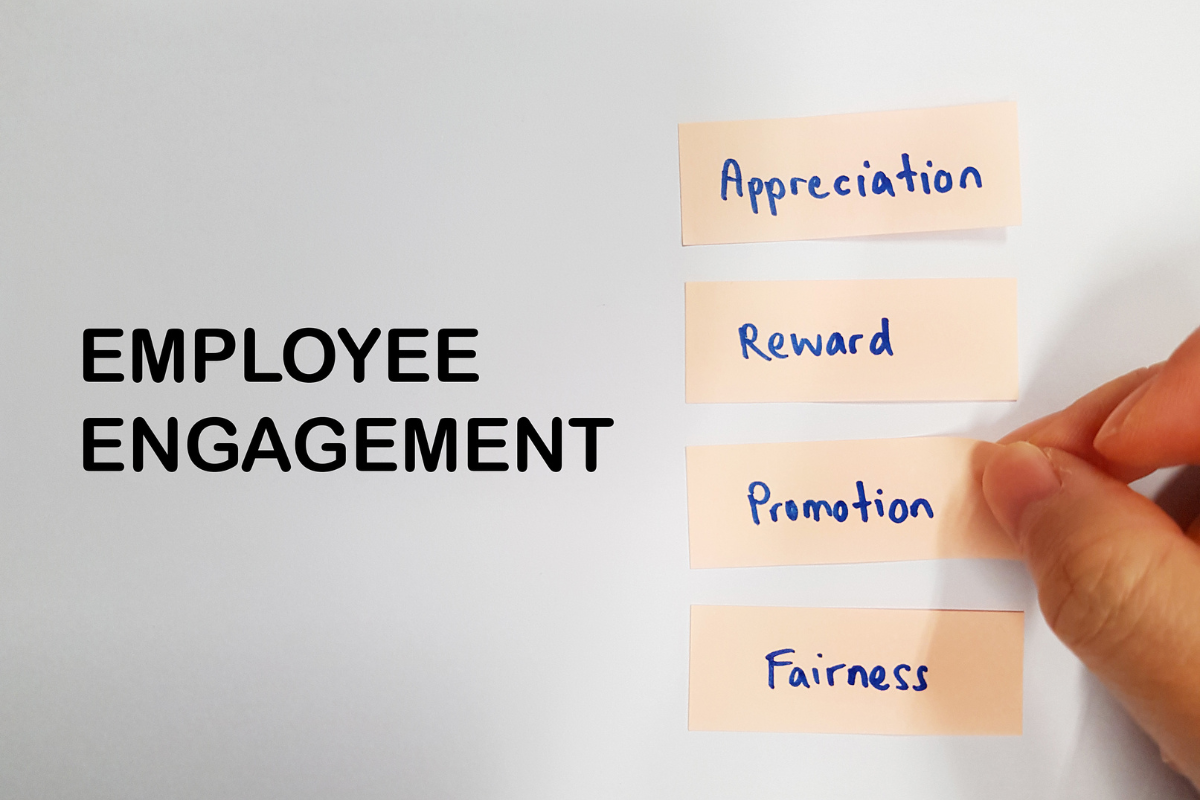In the hustle of today’s business world, companies are waking up to the pivotal role of employee engagement in driving success.
Thanks to technological strides, businesses can tap into tools offering insights into their workforce’s engagement levels, paving the way for informed decision-making.
This post explores the perks of integrating analytics within employee engagement software.
It’s not just about numbers; it’s about supercharging workplace productivity, nurturing employee satisfaction, and, in the grand scheme, fueling business growth.
By harnessing these insights, companies aren’t just managing their workforce; they’re sculpting a thriving workplace that sets the stage for both individual and organizational triumphs.
Post Contents
The Significance Of Employee Engagement
Engaged employees are like the backbone of any company- they bring more to the table.
They are not just punching the clock; they are invested in the company’s success, going above and beyond their regular duties.
Studies have shown that when employees are engaged, companies benefit big time- lower turnover, happier customers, and even a boost in financial performance.
But it’s not just about ticking off tasks. Engaged employees create a positive atmosphere at work. They collaborate better, get creative, and make the company more resilient.
It’s not just a feel-good thing; it’s a smart move. Investing in employee engagement isn’t just about job satisfaction; it’s a long-term strategy that pays off for both the workers and the whole company.
Simply put, engaged employees are the secret weapon to a thriving and successful business.

Harnessing Analytics For Employee Engagement
Integrating analytics into the best employee engagement software allows businesses to gain insights into aspects of workplace dynamics.
They can monitor metrics such as employee satisfaction levels, fulfillment rates, communication patterns for job roles, response times to feedback or surveys, and collaboration frequency among teams or departments. Just to mention a few examples.
Analyzing these data points allows companies to identify trends or patterns in their workforce that have an impact on engagement levels.
For instance, if one particular team consistently demonstrates levels of job satisfaction and collaboration compared to others, leaders can study their practices and strategies while implementing approaches throughout the company.
Moreover, by monitoring feedback or survey responses, management can gain an understanding of the sentiment within the organization.
Analyzing input provides context that can prompt proactive interventions. By identifying sources of dissatisfaction or areas in need of improvement, managers can take targeted action steps based on evidence rather than relying solely on assumptions.
Predictive Analytics: A Game Changer for Employee Engagement
Predictive analytics goes beyond basic data analysis, using algorithms to predict outcomes from historical data trends.
In the realm of employee engagement, this cutting-edge tech digs deep to uncover patterns that signal disengagement or potential turnover in teams or individuals.
Armed with this insight, companies can take proactive steps to reignite enthusiasm. Tailored interventions like job enrichment programs, skill development, or improved communication can be deployed to address issues before they escalate.
Essentially, predictive analytics empowers organizations to stay ahead of the curve, ensuring a more engaged and satisfied workforce through strategic and timely actions.
By utilizing data-driven insights, companies create a dynamic workplace that not only addresses current challenges but also anticipates future needs, paving the way for sustained employee fulfillment and organizational growth.

Identifying Strategies
Analytics not only excels in predicting disengagement but also sheds light on the factors that contribute to higher employee engagement.
Utilizing data analysis, businesses can uncover connections and potential causes between implemented initiatives and subsequent increases in engagement scores.
For instance, if a company introduces a pilot program for work schedules in a department and notices a significant boost in employee engagement scores soon after implementation, it highlights the success of the initiative in engaging employees.
This valuable information enables decision-makers to replicate strategies across teams or departments, thereby further enhancing overall workforce productivity and satisfaction levels.
Personalizing Engagement Strategies
Recognizing that one approach does not fit all when it comes to employee engagement strategies is crucial.
The true strength of analytics lies in bridging the gap between identifying techniques and applying that knowledge to tailor strategies.
Analyzing data points such as preferences, strengths, and feedback responses provides essential insights into how companies can customize their initiatives accordingly.
For example, if data indicates that remote workers consistently exhibit levels of satisfaction when given project ownership and flexibility over their working hours compared to their on-site counterparts, human resources can focus on incorporating these aspects into any remote-focused initiatives.
Conclusion
By integrating analytics into employee engagement software, businesses can make decisions based on data rather than relying solely on subjective assumptions.
By leveraging analytics, organizations can gain insights to improve workplace dynamics. They can replicate strategies across departments while also tailoring approaches.
Making data-driven decisions to enhance employee satisfaction not only cultivates an interactive work environment but also establishes a solid basis for sustainable long-term growth.





























